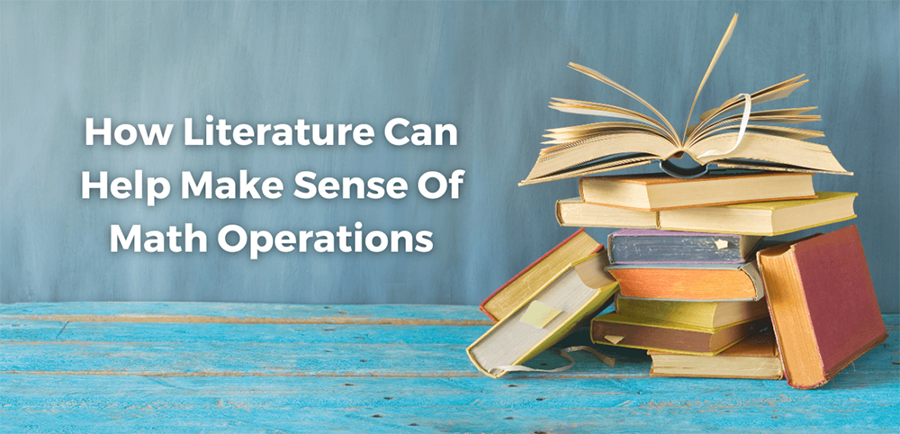Math problems present a unique challenge for many students who are good at computations, as they must bridge the gap between math theory and math application. Comfort with math computations does not necessarily guarantee fluency in math problem-solving – in fact, applying those same skills can require quite different strategies than the ones that capture a calculation.
Understanding the underlying structure of math operations, analyzing an equation’s components, and developing a plan for a solution can be daunting tasks for even technically adept math students. This is one reason why so many parents often head online to search for a “math tutor near me.”
At Dropkick Math Academy, we understand that tackling math problems one step at a time while breaking down each challenge and understanding the process are great steps toward mastering math application. We are an alternative to math tutoring that makes learning about math concepts and applying them in real-life situations fun and rewarding. We use game-based learning in our programs, but another great way to help your child understand math problem-solving is with literature.
Gaining A Deeper Understanding
Solving math problems requires more than just memorized formulas and procedures. As we previously mentioned, it requires students to develop a deeper understanding of math operations and recognize the connection between an actual problem and the math needed to solve it. This can often be challenging, especially when students have gaps in understanding particular math concepts.
However, with proper instruction and guidance, they can learn how to make these connections between contextual math problems and the algorithms needed to solve them. Students who can do this will be better equipped to approach math problems proactively rather than relying solely on memorizing procedures.
Problem-Solving
Through problem-solving, students can develop an operational sense – an understanding of addition, subtraction, multiplication, and division. As they connect relationships and different meanings to these four operations, students can more accurately apply these operations to real-world settings.
One of the best ways that children can learn about problem-solving is through children’s literature, as it provides an excellent way for students to engage with math in a unique and exciting way. Through reading stories, they can encounter math-related events, characters, and data that bring the subject to life in an accessible, memorable way.
Not only do these books give young math enthusiasts a chance to explore mathematics through interesting stories and characters, but the context of these stories serves as excellent starting points for math practice. Children’s literature is highly beneficial for math learning, allowing children to develop an appreciation for math and gain experience in understanding math concepts within stimulating environments.
Math-Focused Stories
Math-focused stories can be a great way for students to dive deeper into addition and subtraction operations. These stories, or children’s literature, allow young learners to explore multiple scenarios without the pressure of traditional math activities. Through story time discussions with teachers or parents, students are able to work through solving math problems while being more heavily engaged in their learning by putting math into perspective.
When math is presented in a meaningful way, such as through storytelling, it allows students to take ownership of their understanding of math concepts, helping them develop a much deeper understanding than ever before.
Utilizing literature to explore math topics doesn’t have to only be reserved for young students. Upper-grade math classes can also benefit from a little narrative structure. Studies show that math becomes far more meaningful and applicable when it’s engaged in through storytelling and reading. Reading aloud important math-related stories to an upper-grade math class can instill a sense of context for math problems and higher-level math concepts. Furthermore, engaging with math via literature also allows students to make connections between the math principles they’re studying with their own lives and experiences, adding an empowering layer to their mathematical journey.
Understanding Over Memorization
Telling a math-related story is an effective way to introduce operations, as it encourages students to understand the operation being discussed rather than simply memorizing how to perform the calculation. By giving the math problem a narrative context, the student can better visualize and comprehend the math task at hand, engaging with it on a more meaningful level. Additionally, this approach connects math concepts to other literature they may be studying in class and is especially useful for students who may not have a natural math talent. Providing students with stories that connect multiple subjects creates opportunities for them to learn the material more quickly and effectively.
Using literature is a creative and effective way to help children visualize math concepts as they are used in real life. For example, in a story, maybe the characters share food. This would cause students to think about division situations. Try reading to your child and asking math questions when appropriate. In this example, If Mr. Patrick brings food in the story, you could ask your child if he brought 24 candies to his 6 friends, how many would each get?
This not only makes reading more interactive but also stimulates their mathematical brain!
Research has shown that giving students a context, a real-world or imaginary situation to help illustrate math operations has real benefits. These include:
- Increasing engagement
- Deepening an understanding of operations
- Strengthening skills in creating equations to represent problem situations
- Getting students talking about their math reasoning
Our Favourite Stories
Some of our favourite stories that can help children better understand mathematical ideas include:
The Doorbell Rang
This fun story has a mathematical twist. After reading, children should be encouraged to mathematically represent what happens on each page and then discuss this representation. The story’s final page creates a new math challenge to be represented.
Hutchins, P. 1986. The doorbell rang. New York: Mulberry.
You can name 100 dinosaurs!
This book is a treat for dinosaur lovers! It focuses on exploring dinosaurs by historical periods while using illustrations to help children develop higher-number concepts. It also encourages labelling, categorizing, and scientific investigations.
Chewning, R. 1994. You can name 100 dinosaurs! New York: Scholastic.
One watermelon seed
This entertaining story deals with the concepts of multiples of 10 within the context of gardening. Children can follow along and count how many seeds are planted and how many fruits and vegetables they will harvest as a result.
Lotteridge, C.B. 1986. One watermelon seed. Toronto: Oxford University Press.
Communicating Ideas
Writing and mathematics are both useful ways of communicating ideas and understanding relationships. A mathematician uses special symbols and operations to express a sequence of instructions or to construct a relationship between two values. This type of communication is like the language used to create equations that can be solved for an answer or evaluated for its properties. Meanwhile, a writer might use verbs to describe the same action, expressing how someone might go about fulfilling the process without providing any numerical value. While writers and mathematicians use different tools, their end goal is the same; to provide a clear explanation of an event or relationship.
Making Learning Fun!
Math is much more than just working with figures and solving equations; math is a powerful way to interpret, understand, and describe the world around us. At Dropkick Math Academy, we understand math is much more than boring numbers and equations. We make learning math fun. Just like using literature to learn math concepts, we use game-based learning to make it more enjoyable and interactive.
Students love our games and continue practicing even outside of class. We flip math around and help students fight back against their fear of math. In our programs, students can earn rewards, making it even more tempting to keep practicing their math skills!
Learn more about our programs today and how your child can boost their confidence in math!





